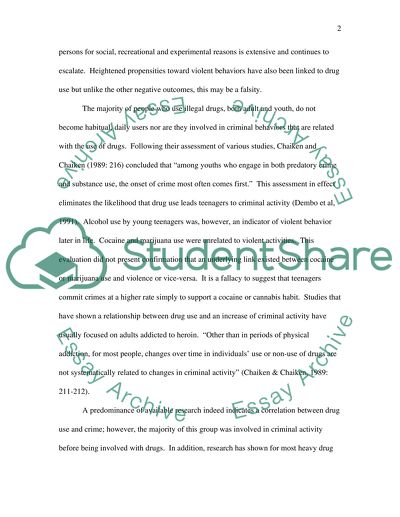Cite this document
(“Drugs, Crime and Youth Research Paper Example | Topics and Well Written Essays - 2000 words”, n.d.)
Drugs, Crime and Youth Research Paper Example | Topics and Well Written Essays - 2000 words. Retrieved from https://studentshare.org/health-sciences-medicine/1546906-teen-drug-abusewhat-causes-teen-drug-abuse
Drugs, Crime and Youth Research Paper Example | Topics and Well Written Essays - 2000 words. Retrieved from https://studentshare.org/health-sciences-medicine/1546906-teen-drug-abusewhat-causes-teen-drug-abuse
(Drugs, Crime and Youth Research Paper Example | Topics and Well Written Essays - 2000 Words)
Drugs, Crime and Youth Research Paper Example | Topics and Well Written Essays - 2000 Words. https://studentshare.org/health-sciences-medicine/1546906-teen-drug-abusewhat-causes-teen-drug-abuse.
Drugs, Crime and Youth Research Paper Example | Topics and Well Written Essays - 2000 Words. https://studentshare.org/health-sciences-medicine/1546906-teen-drug-abusewhat-causes-teen-drug-abuse.
“Drugs, Crime and Youth Research Paper Example | Topics and Well Written Essays - 2000 Words”, n.d. https://studentshare.org/health-sciences-medicine/1546906-teen-drug-abusewhat-causes-teen-drug-abuse.


